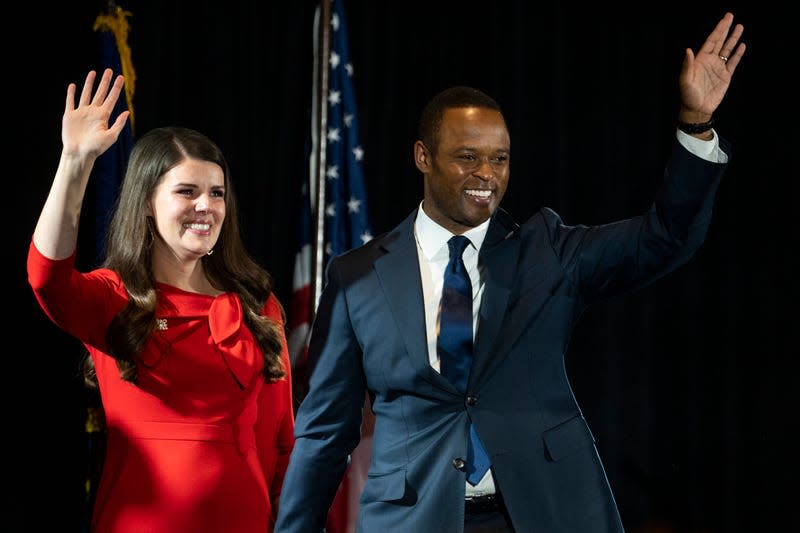The clock is ticking for schools to spend COVID-19 relief money in the next six months, creating a “financial cliff” for districts.
Over the pandemic, Congress gave schools almost $200 billion in three rounds of funds referred to as Elementary and Secondary Schools Emergency Relief (ESSER). Schools have used the funds on everything from building upgrades and sanitation methods to summer enrichment opportunities meant to help counter learning loss.
But experts say districts face a monumental strain for how to keep up these new programs with the funding expiring at the beginning of September.
It’s in fact the opposite problem of what was first feared.
“We were concerned that schools were not going to be able to spend the funding completely, and there was some concern that the funding would go back to the federal government because it would be unspent,” said Joanna LeFebvre, research associate on the state fiscal policy team for the Center on Budget and Policy Priorities. “We’re less concerned that schools not going to be able to spend the money now. Most districts are on track to do that.”
Schools since the pandemic have invested money in teachers’ salaries, hiring more staff, adding math and reading specialists, updating HVAC systems and increasing mental health resources.
LeFebvre lamented that many states have used “the influx of federal dollars as cover to push permanent tax cuts,” with the federal funds now set to take a hit.
“For example, by 2028, the tax cuts across states will total $111 billion in lost revenue, and that revenue funds all sorts of public services, including education,” she said, emphasizing “the states that have not cut taxes in the last few years, or that that have raised revenue in the last few years, are going to be much better positioned to continue making investments.”
An EdWeek Research Center survey in the fall showed 48 percent of district leaders expect to use state funding to cover the cost of the new programs when ESSER runs out. The survey showed another 37 percent expect to use local taxes to cover the difference, while 25 percent foresee no funding sources to pay the expenses.
“I’m not totally optimistic we’re going to see additional funding from Congress, but I do really, really believe it is necessary,” said Lindsay Dworkin, senior vice president of policy and government affairs at NWEA, an education research organization. “I think when the pandemic began, when the funding was first approved, it was absolutely not clear how much disruption there would be and what would happen to student learning.”
Another round of federal COVID-19 funding for schools is highly unlikely; the discussion has been virtually nonexistent on Capitol Hill.
The funds have also come under previous partisan fire, as Republicans say they were not getting spent to help students recover from the pandemic.
In 2023, House Republicans sent a letter to Education Secretary Miguel Cardona that alleged the funds were getting spent on initiatives for diversity, equity and inclusion in schools.
“Rather than use ESSER funds to help students recover from learning losses, some states and school districts that kept schools closed appear to have spent ESSER funds to push favored social agendas,” the lawmakers said.
Issues such as chronic absenteeism and teacher shortages were exacerbated by the pandemic, which also brought on new ones including behavioral problems and increased worries about protecting against illness and disease.
It has been a “huge, huge order” for schools to manage the pandemic and subsequent consequences while parsing through data to determine the best way to spend the COVID-19 relief money, Dworkin said.
District leaders will have to decide how to spend the rest of their ESSER funds by Sept. 30. From there, they will have four months to actually spend the money, unless they get a waiver from the Department of Education.
The ending of ESSER funds will also have disproportionate impacts on schools that have students with higher needs, experts said.
“When the ESSER cliff hits school districts, those schools that serve higher proportions of students living in poverty will face a steeper fiscal cliff,” LeFebvre said. “Those school districts will be harmed more by this fiscal cliff, and that will demonstrate or add to the evidence that we already have that” education funds need to be distributed in equitable ways.
“And so, I think that’s another important thing for lawmakers to keep in mind when they’re thinking about education funding,” she added.
For the latest news, weather, sports, and streaming video, head to The Hill.
Signup bonus from





